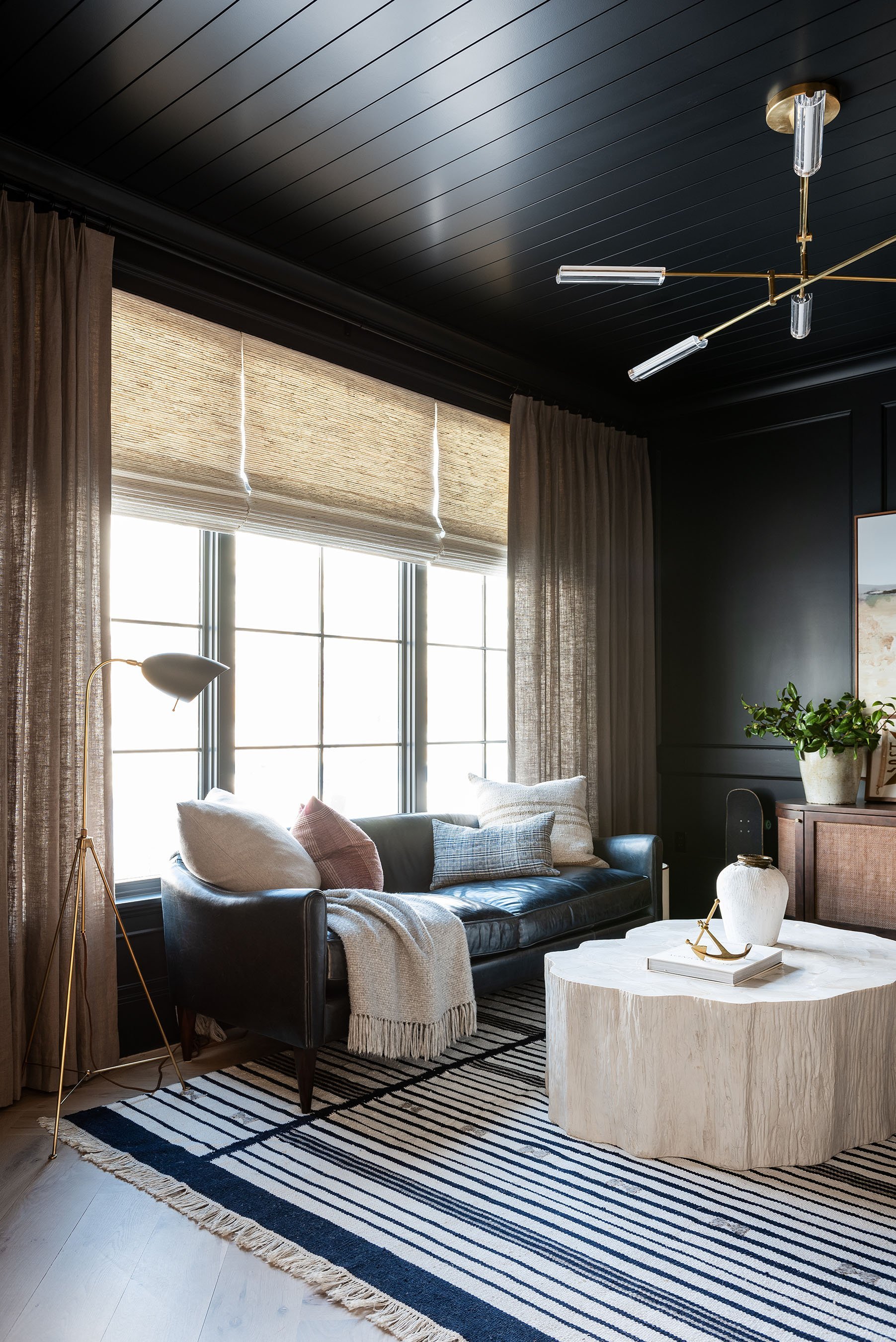How To Cut Noise Pollution At Home
A well-designed room is not just about aesthetics, it also needs to consider functionality, and one of the often-overlooked aspects is acoustics. Noise can be a significant disturbance in any living space, but luckily, there are practical solutions available to help create a peaceful environment. In this post, we'll dive into the typical causes of acoustical issues and examine effective methods for resolving them.
Photo courtesy of Maestro
Understanding the Causes
Before getting into solutions, it's essential to understand what contributes to acoustical issues. Spaces with hard surfaces, such as glass windows, stone floors, and tiled walls, tend to reflect sound waves rather than absorb them. This reflection creates echoes and reverberations, leading to a noisy environment. Additionally, large, open spaces with minimal furnishings can amplify sound, making it challenging to achieve a restful atmosphere.
Photo courtesy of Studio McGee
Solving Acoustical Problems
1. Add Sound Dampening Features:
One effective way to tackle acoustical problems is by incorporating sound dampening features into your space. Acoustic panels, made from materials designed to absorb sound, can be strategically placed on walls or ceilings. These panels come in various styles and colors, allowing you to integrate them seamlessly into your decor while improving acoustics.
Photo courtesy of WoodUpp
2. Use Drapery:
Soft, heavy drapery is an excellent solution for reducing sound reflections. Installing curtains made from dense, sound-absorbing fabrics can help absorb and dampen sound waves, creating a more serene environment. Consider floor-to-ceiling curtains to maximize the impact.
Photo courtesy of Rugs Direct
3. Invest in Rugs and Carpets:
Hard flooring surfaces contribute significantly to acoustical problems. Adding rugs or carpets can help absorb sound and reduce the overall noise level in a room. Opt for thick, dense materials for better sound absorption.
Photo courtesy of Anthro Living Home
4. Introduce Soft Furnishings:
Incorporating soft furnishings such as plush sofas, upholstered chairs, and cushions can contribute to sound absorption. Soft materials absorb sound waves, preventing them from bouncing off hard surfaces and creating echoes.
Photo courtesy of SOBU
5. Strategic Furniture Placement:
Consider the layout of your furniture to break up large, open spaces. Clustering furniture can help disrupt sound waves and prevent them from traveling freely, reducing overall noise levels.
Photo courtesy of Chris Loves Julia
Transforming your space into a haven of tranquility involves addressing acoustical problems at their source. By understanding the causes and implementing practical solutions, such as sound dampening features, drapery, rugs, and soft furnishings, you can create an environment that promotes peace and well-being.
Photo courtesy of The Brain & The Brawn
Ready to transform your living space into a harmonious retreat? FS Interiors specializes in creating environments that not only captivate the eye but also soothe the senses.Your dream home is just a consultation away! Say goodbye to the noise and echoes, and welcome a quieter, more serene atmosphere into your home. Your ears—and your peace of mind—will thank you.







